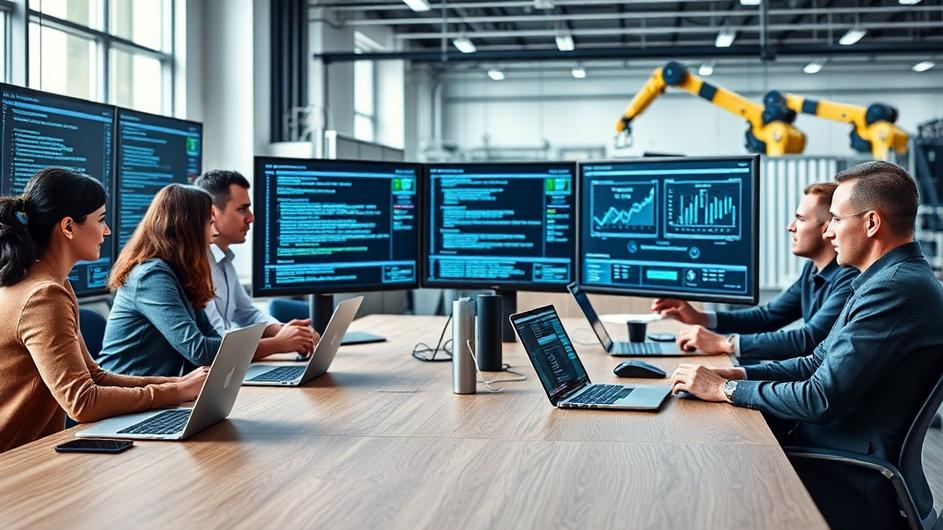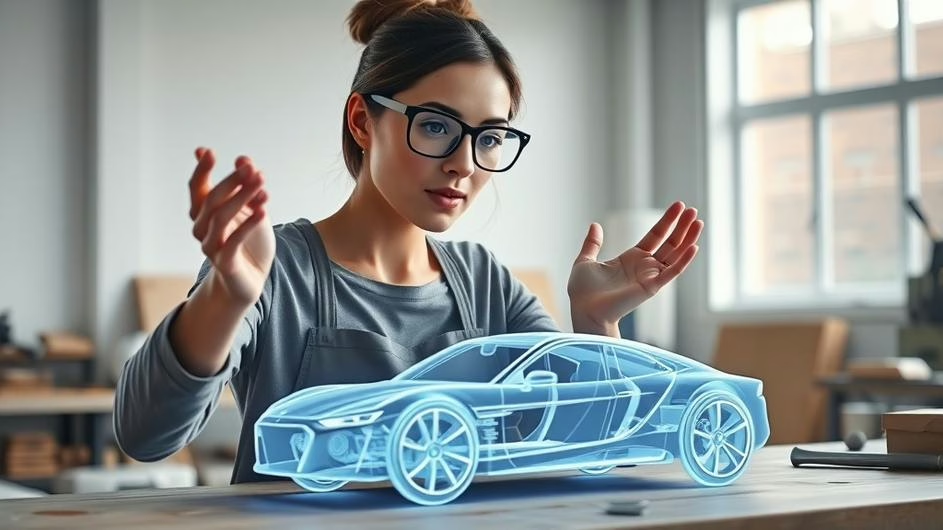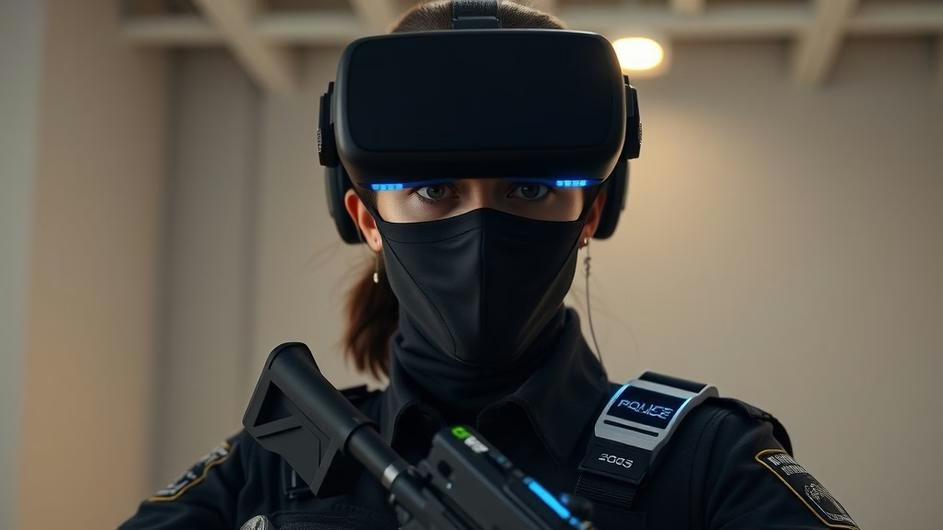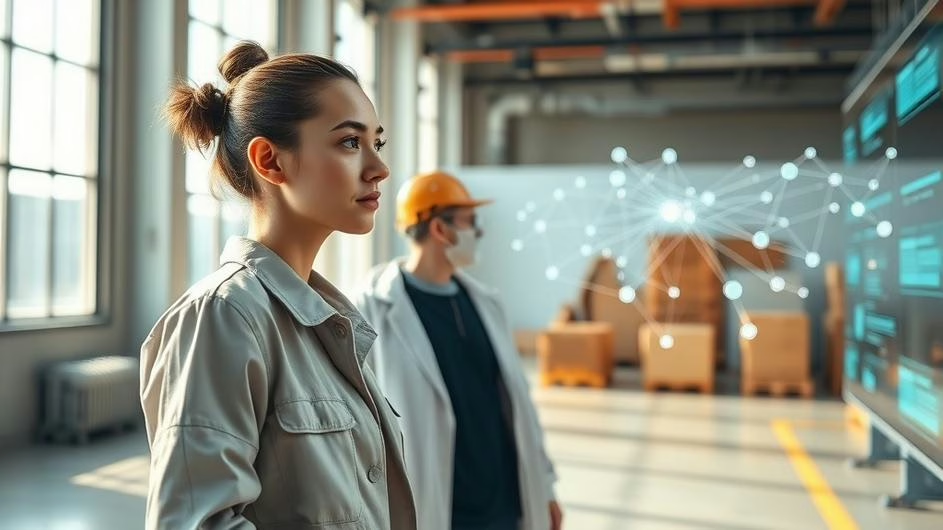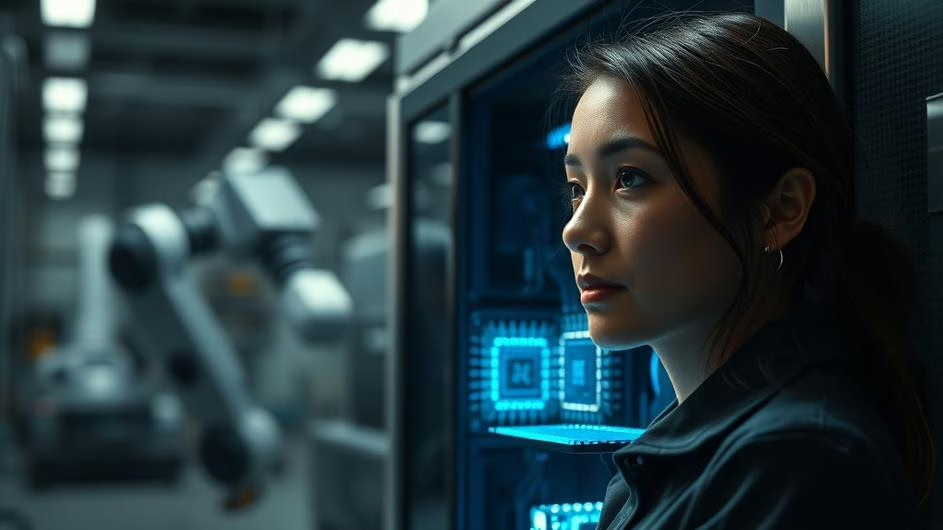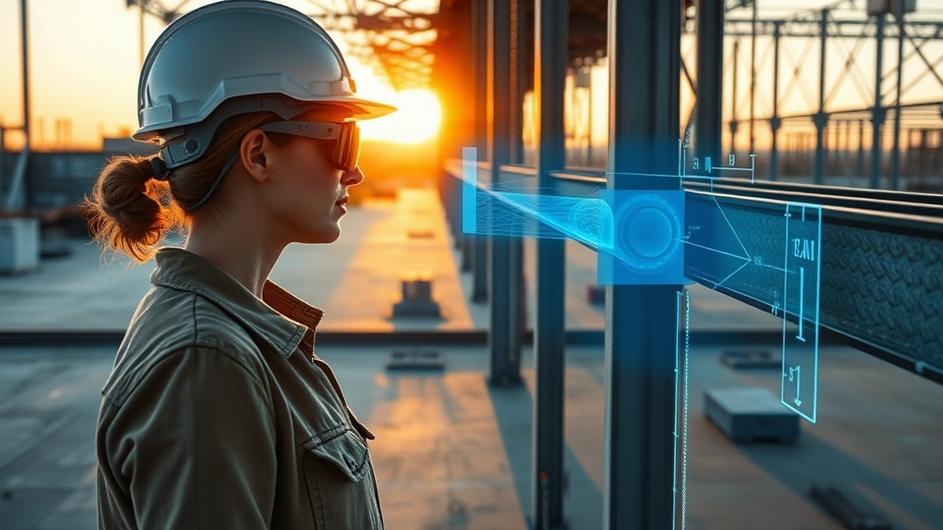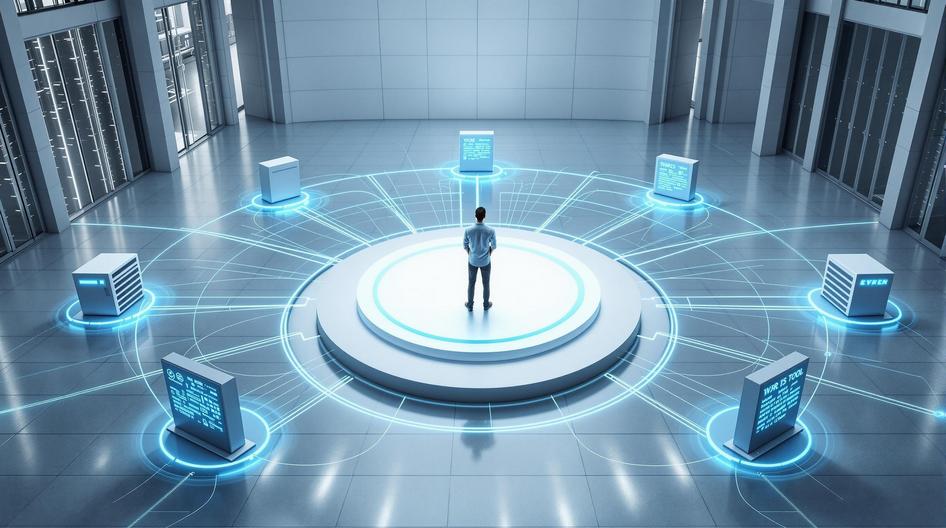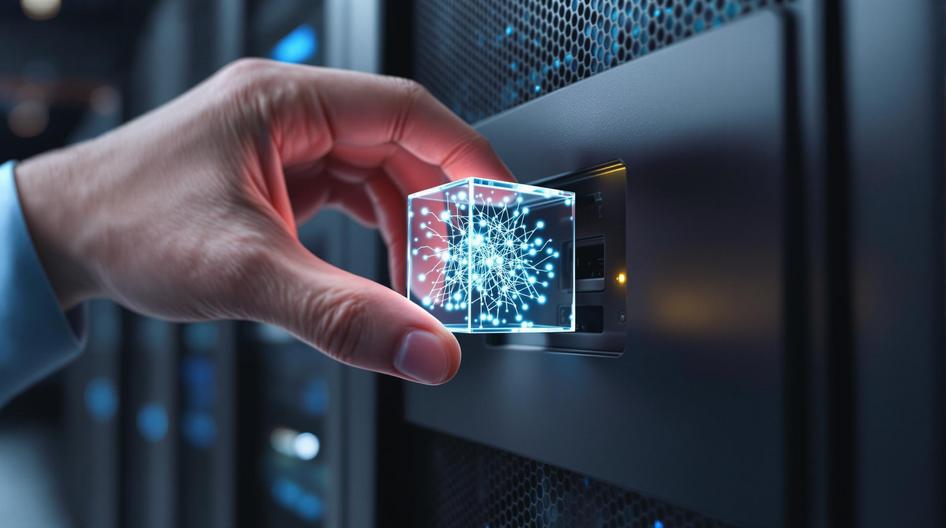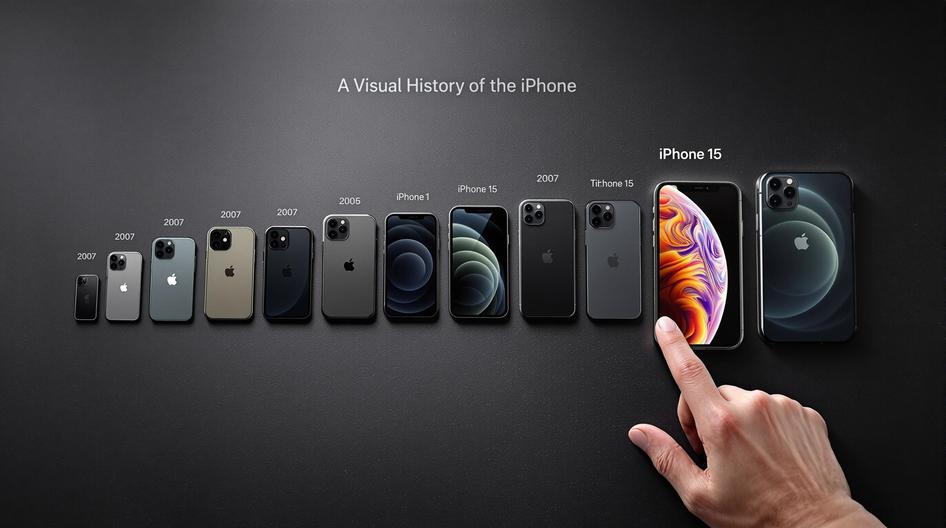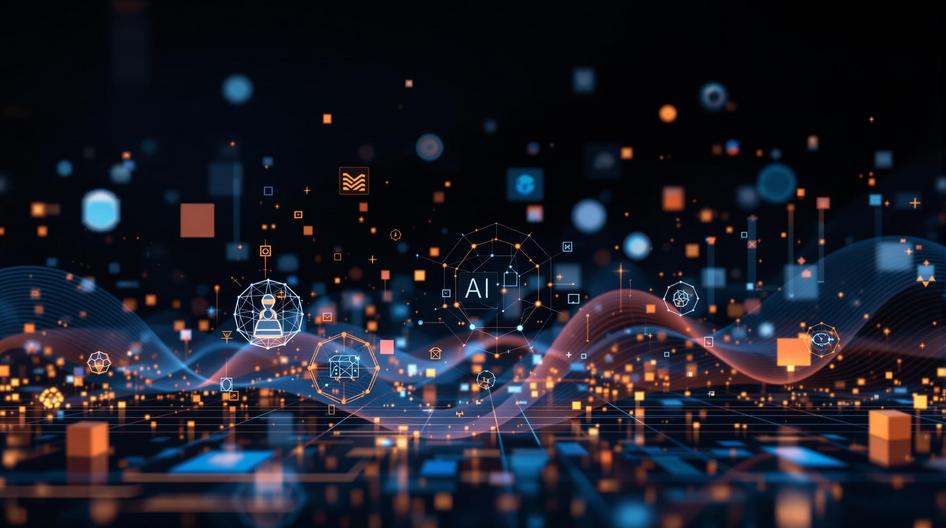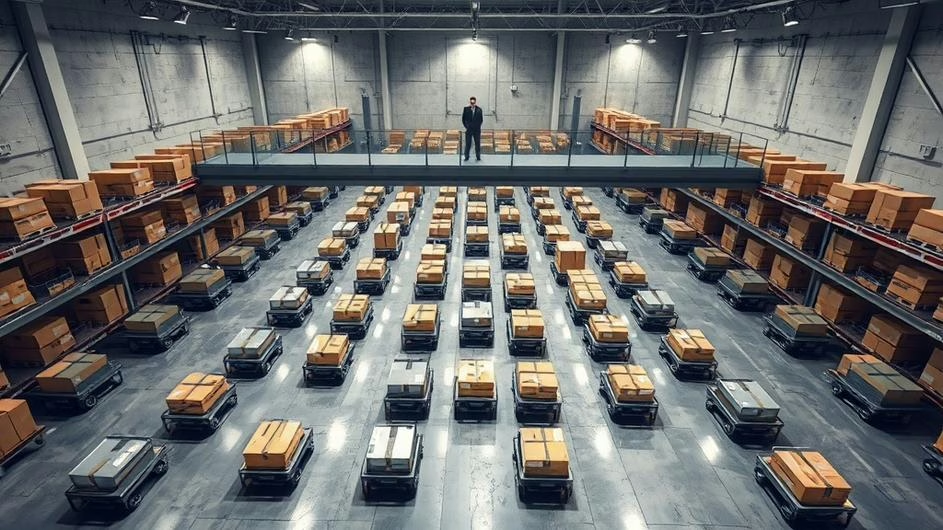
Unlocking the Next AI Revolution: Smarter Search, Robust Consistency, and Real-World Automation
The AI world isn’t just about cranking up the data volume or building massive models anymore. Sure, bigger can be better, but the most exciting breakthroughs are happening in places you might not expect. We’re talking about enterprise search that actually finds what you need, AI models that don’t give you different answers every time you ask the same question, and systems that can literally build themselves from scratch.
This shift toward practical, reliable AI was all over recent industry events and startup pitches. Instead of the usual “let’s make it bigger” approach, innovators are focusing on making AI smarter, more consistent, and genuinely useful for real-world problems.
Why Smarter Search Beats Bigger Brains
Edo Liberty, the founder and CEO of Pinecone, made waves at TechCrunch Disrupt 2025 with a pretty bold statement. The next big AI leap won’t come from sheer computational power, but from getting really good at information retrieval. This guy built foundational AI systems at Amazon, so when he talks about the future of AI, people listen.
His point? Enterprise AI needs to get smarter about surfacing the right data at exactly the right moment. Instead of trying to memorize everything (which never works anyway), AI should excel at finding relevant information when decisions need to be made.
Think about it this way: would you rather have a colleague who’s memorized every company document but takes forever to find anything relevant, or someone who can instantly pull up exactly what you need? That’s the difference between old-school data hoarding and next-generation search platforms that Pinecone and similar companies are building.
These AI-driven search tools help developers and enterprise teams unlock actionable insights from massive repositories of documents, customer interactions, and operational data. It’s not about speed for speed’s sake, it’s about relevance. Getting the right answer fast beats getting every possible answer slowly.
The Consistency Problem Nobody Talks About
Here’s something that keeps business leaders awake at night: AI that gives different answers to the same question. You ask your AI system about quarterly projections on Monday, get one answer. Ask the exact same question on Tuesday? Completely different response. Not exactly confidence-inspiring.
That’s where companies like Thinking Machines Lab come in. They’re tackling one of AI’s biggest reliability challenges: making models produce consistent, reproducible results. Their upcoming product aims to smooth out the reinforcement learning process, which is crucial for training intelligent systems that actually behave predictably.
With leaders like Mira Murati (former CTO of OpenAI) involved, they’re pushing the boundaries of reliability in machine learning. The goal? AI that adapts to specific tasks while following clear, stable patterns. No more surprises, no more erratic behavior, just trustworthy AI that businesses can actually depend on.
This consistency breakthrough could be huge for companies wanting to deploy custom AI solutions without worrying about unpredictable results. Imagine AI that learns and improves but never strays from its core reliability principles.
When AI Builds Itself: The Neural Automata Revolution
Now here’s where things get really interesting. What if AI could construct itself, responding to patterns and goals the same way biological cells organize into complex organisms? That’s not science fiction anymore, thanks to neural cellular automata (NCAs).
Google researcher Alexander Mordvintsev and his team have essentially flipped the script on traditional rule-based systems. Remember Conway’s Game of Life? That classic simulation where simple rules create complex patterns? NCAs work backwards. Instead of setting rules and watching patterns emerge, they start with a target pattern and use deep learning to figure out which simple, local rules would reliably generate it.
This approach means developers don’t need to hand-craft increasingly complex algorithms. Neural networks learn how to assemble structures and behaviors that fit specific needs. Each digital “cell” gets equipped with a small neural network that only communicates with its neighbors, leading to autonomous creation of complex systems.
The applications are mind-blowing. We’re talking about adaptive AI for simulation, generative design, and advanced robotics. Systems that can literally grow and adapt like living organisms, but with digital precision.

From Digital Dreams to Warehouse Reality
All these abstract AI advances are finding real-world applications in some pretty practical places. Take warehouses and logistics, for instance. The 2025 Warehouse Automation & Order Fulfillment Study shows that AI-driven tools are directly solving industry challenges that have plagued logistics for decades.
Automated storage and retrieval systems, paired with autonomous mobile robots, are boosting warehouse utilization while reducing errors and improving worker safety. These aren’t just fancy gadgets, they’re using AI and analytics to optimize every step of order fulfillment.
By integrating smarter search capabilities, consistent decision logic, and self-organizing principles, next-generation warehouses aren’t limited by space constraints or labor shortages anymore. They can flex their resources in real time, customizing operations based on shifting demands.
The same technologies powering digital self-assembly and consistent model behavior are being tested on actual warehouse floors. Companies are seeing accelerated fulfillment times and completely new standards for logistics innovation.
The Convergence: What’s Coming Next
When you step back and look at these breakthroughs together, a clear pattern emerges. AI is becoming smarter and more practical by focusing on three key areas: intelligent knowledge retrieval, consistent performance, and self-organizing capabilities.
The coming years will likely bring us AI systems that don’t just learn, but adapt, explain their reasoning, and organize themselves to tackle challenges across industries like finance, healthcare, manufacturing, and logistics. We’re moving beyond the “throw more compute power at it” approach toward elegant, intelligent systems that understand what data matters and deliver reliable results.
For business leaders and tech developers, the message is clear. The future of AI isn’t about raw computational firepower anymore. It’s about systems that know what information is relevant, consistently meet expectations, and can even assemble themselves to solve complex problems.
As these innovations converge, we’re looking at a future where digital and physical worlds blend seamlessly, powered by AI that’s as reliable as it is creative. This revolution is just getting started, and the companies that understand this shift will be the ones leading the next wave of technological advancement.
Sources:
- “Edo Liberty explores the missing link in enterprise AI at Disrupt 2025,” TechCrunch, Sep 8, 2025.
- “Thinking Machines Lab wants to make AI models more consistent,” TechCrunch, Sep 10, 2025.
- “Self-Assembly Gets Automated in Reverse of ‘Game of Life’,” Quanta Magazine, Sep 10, 2025.
- “2025 Warehouse & Order Fulfillment Study,” logisticsmgmt.com, Sep 11, 2025.


